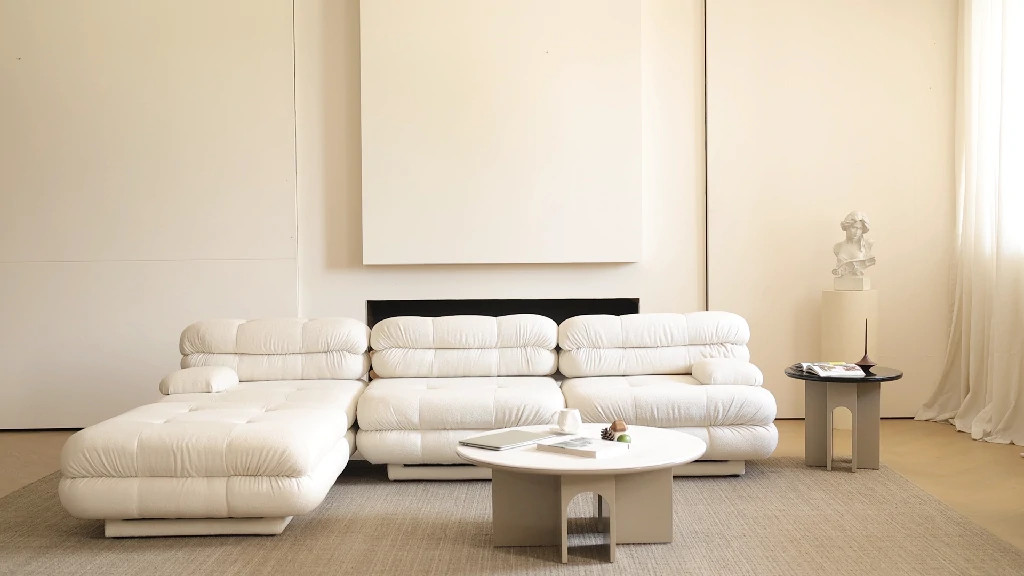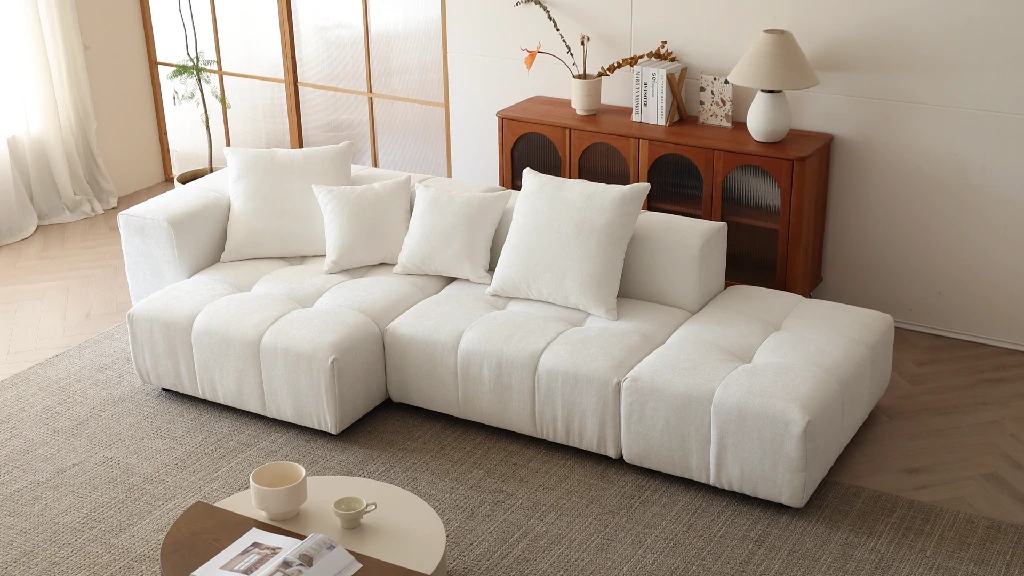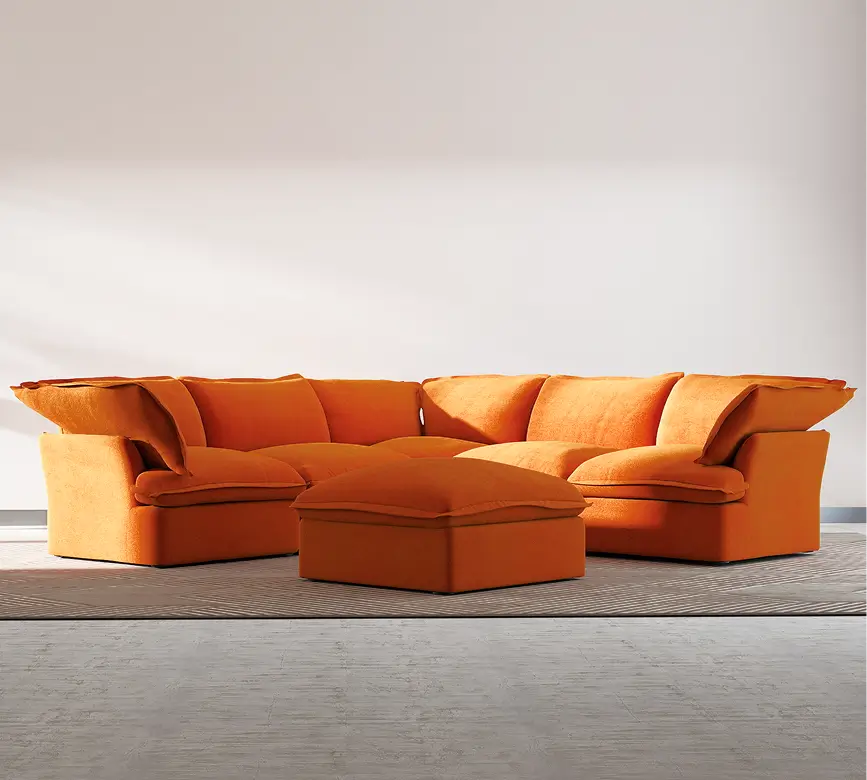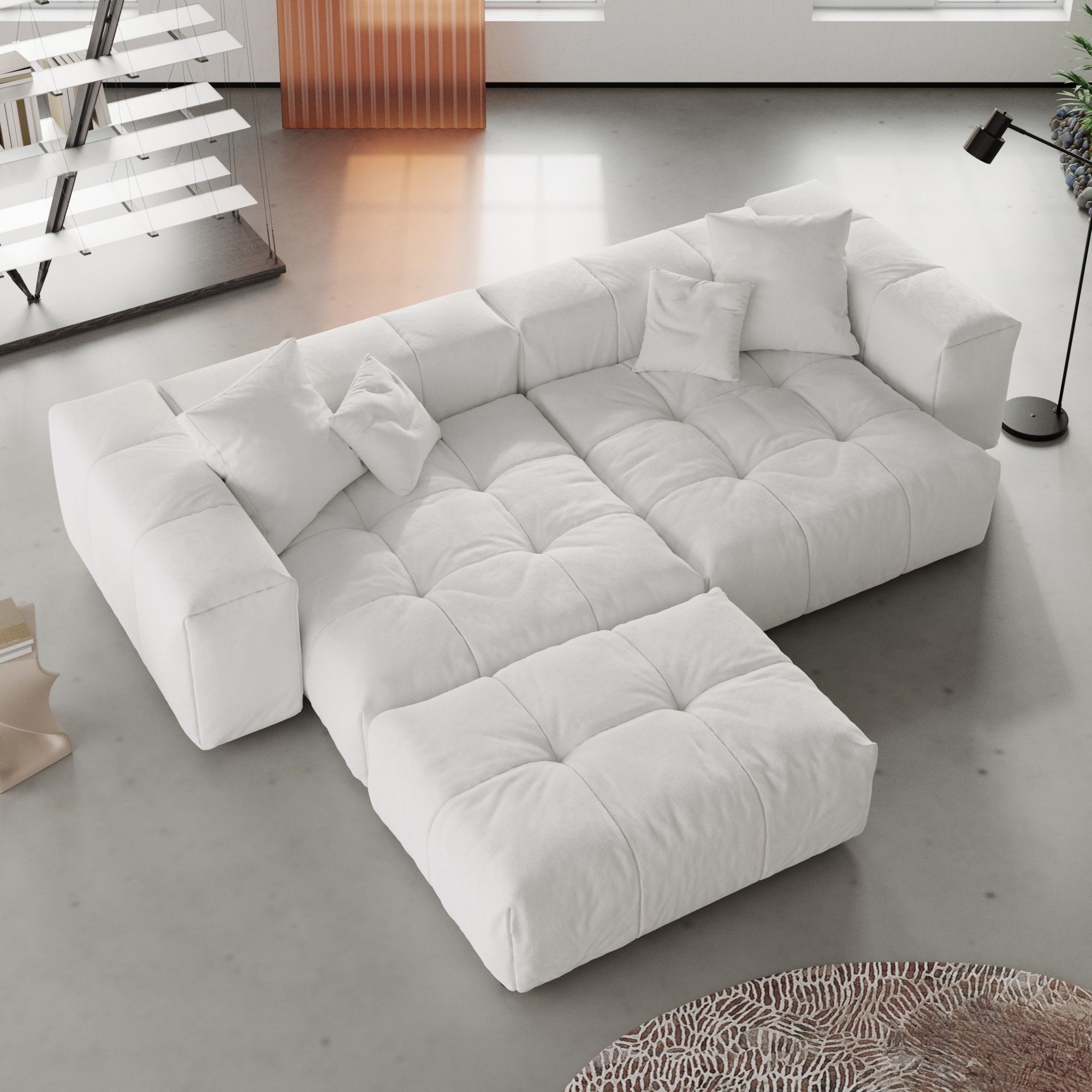Why Modular Couches Fit Minimalist Spaces
Modular couches are a great match for minimalist homes. But why do they work so well? Let’s explore how their design fits with the ideas of minimalism.
Clean Lines and Simple Shapes
Minimalist style loves straight lines, basic shapes, and a calm look. Modular sofas often have:
Low, flat shapes
Simple, smooth surfaces
Neat and tidy outlines
This helps them fit into a minimalist room without standing out too much.
Flexible and Space-Saving
In a minimalist home, every piece counts. Modular sofas can change shape to match your space. Whether your home is small or big, you can:
This keeps your space open and neat.
Built for Use
Minimalist design focuses on purpose. Modular sofas are made with function in mind. Some have:
This means your sofa can do more than just sit there.
In short, modular sofas are simple, useful, and stylish. That’s why they work so well in a clean, quiet, and thoughtful space.
Why Minimalist Sofas Are a Smart Investment
Minimalist sofas often cost a little more up front, but that price really goes the distance. These designs are made to last, so you won’t find yourself shopping for a new couch every couple of years. By choosing a sofa that’s both sturdy and timeless, you actually save money over time—no extra spending on replacements or trendy pieces that wear out quickly.
What’s more, the focus on ergonomic comfort means you’re getting a piece that isn’t just for show. Minimalist sofas are built for real-life lounging—whether it’s reading, movie marathons, or entertaining friends. You get lasting support and relaxation, all without the unnecessary extras. In the end, investing in a minimalist modular sofa combines durability, adaptability, and comfort, making it a practical choice for a thoughtfully designed home.





